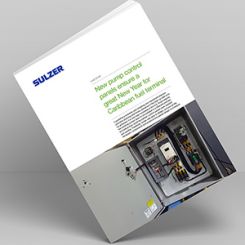The U.S. efficiency regulations for industrial electric motors have been in place since October 1997 when the Energy Policy Act of 1992 (EPAct 92) set minimum efficiency levels for 1- through 200-horsepower (HP), general purpose three-phase motors. EPAct 92 was upgraded when the Energy Independence and Security Act of 2007 (EISA) went into effect in December 2010, which raised the efficiency level of 1- through 200-HP motors to premium levels and covered other 1- through 200-HP and 201- through 500-HP motors defined in the National Electrical Manufacturer’s Association (NEMA) Standard MG 1-2011 Table 12-11 Energy Efficient Motors. All these regulations cover which motors are allowed to be sold in the U.S. and also covers the motors installed in machinery imported for sale. As has been the normal practice, Canada and Mexico followed with regulations similar to those implemented in the U.S.
Small Motor Rule
Several years ago, the U.S. Department of Energy (DOE) conducted a technical study about how to raise “small” motors’ efficiency levels. After years of study, the Small Motor Rule was passed, covering General Purpose two-digit NEMA frame (and IEC equivalents), single- and three-phase, 1/4- through 3-horsepower motors in open enclosures. Totally enclosed, fan-cooled (TEFC) motors are not included. This regulation will take effect on April 9, 2015. NEMA has written a white paper that provides its interpretation of the rule, which is on its website (www.nema.org). Although the Small Motor Rule seems simple, it can create motors with much larger footprints, particularly on single-phase designs in which capacitor-start/induction-run motors may be discontinued in open enclosures. In some cases, a TEFC motor, which is not covered by this rule, may be more cost-effective and smaller than an open motor. Regulations to improve the efficiencies of small motors will take effect on April 9, 2015. The regulations covering medium motors were adopted in May 2014 and will take effect two years.
Regulations to improve the efficiencies of small motors will take effect on April 9, 2015. The regulations covering medium motors were adopted in May 2014 and will take effect two years.
